Foundational yoga poses might conjure up images of pretzel-like bends and gravity-defying inversions, but this ancient practice offers a wealth of benefits that go far beyond flexibility. Yoga, in its many forms, can be a powerful tool for anyone looking to improve their overall well-being, regardless of age or fitness level. For those over fifty-five, in particular, gentle yoga poses can be a game-changer, promoting flexibility, strength, and balance – all essential for maintaining an active and independent lifestyle.
As we age, our bodies naturally become less limber, and our risk of falls can increase. Here’s where foundational yoga poses come in – these simple yet effective postures can help you stay strong, supple, and ready to tackle whatever life throws your way.
Beginning Foundational Yoga Poses for Seniors: Easy Steps to Get Started
I first experienced yoga in high school (many years ago!) when my body was more limber and toned. Somewhere in the mid-years, I stopped practicing. When I thought about trying again in my senior-aged body, I wasn’t sure how I would work back into it. I decided to start with the foundational yoga poses. While I admit that it was a process to begin and progress was slower than in my teenage years, I found it really does help my build my flexibility and strength over time. I’m sticking with it!!
Are you a senior looking to enhance your well-being through gentle exercises? Yoga offers a perfect way to improve flexibility, strength, and relaxation all at once.
By starting with foundational yoga poses, you can ease into a practice that supports both your body and mind.

Beginning with yoga doesn’t require any previous experience. Start with the foundational yoga poses and allow yourself time to build a routine.
Poses like the Mountain Pose and Cat-Cow Stretch are great for building balance and flexibility.
These poses are simple yet effective, allowing you to ease into your yoga journey safely and confidently.
With a focus on gentle movements and proper support, you’ll find that yoga can be a relaxing and rewarding addition to your routine.
Getting started with these basic poses can help you build a solid foundation for practicing yoga and enjoy the numerous benefits it offers.
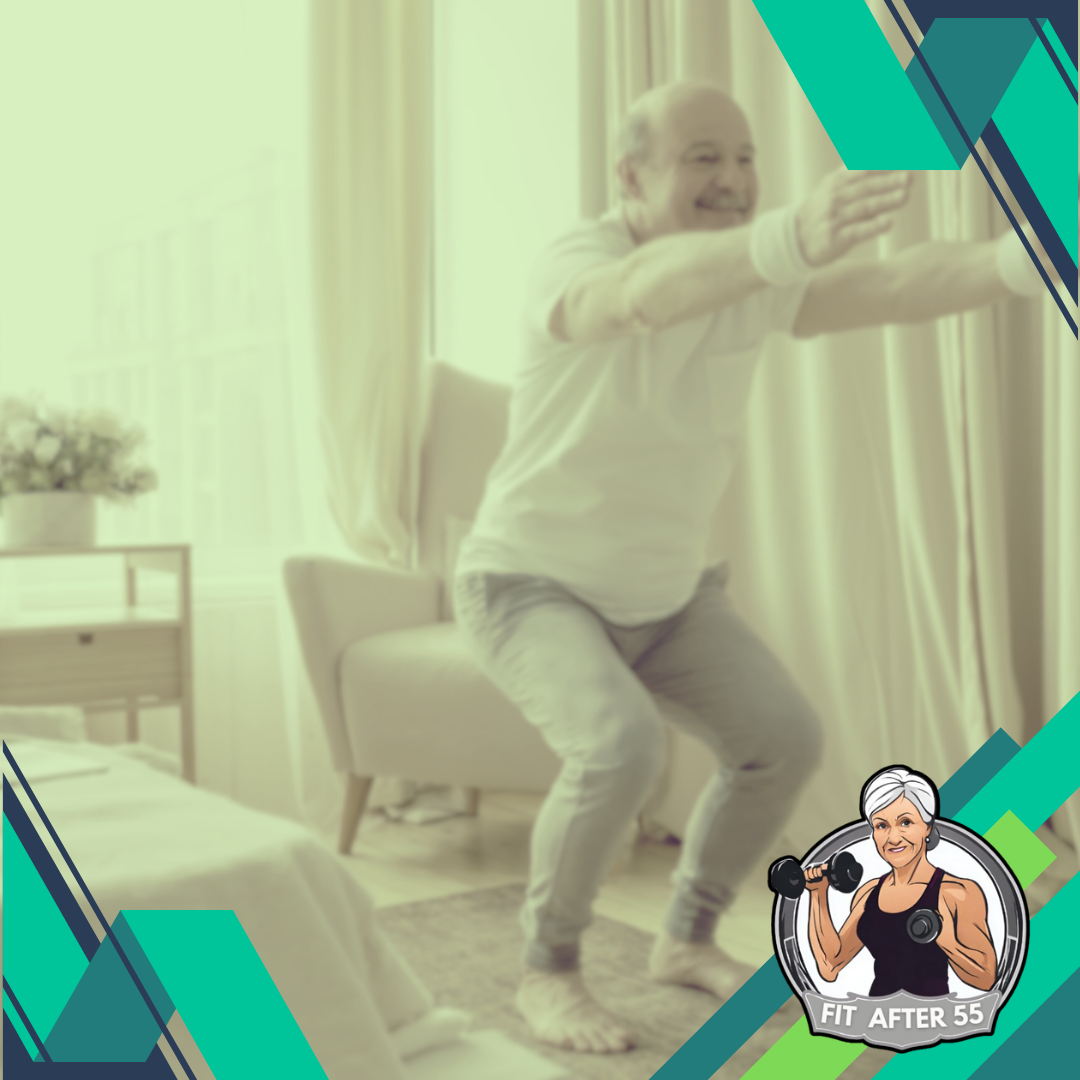
Key Takeaways
- Yoga improves flexibility, strength, and relaxation.
- Start with simple poses like Mountain Pose and Cat-Cow Stretch.
- Gentle movements and support are key to a rewarding practice.
The Importance of Yoga for Seniors
Yoga can bring great benefits to seniors, improving physical health, mental clarity, and emotional well-being.
Benefits of Yoga in Later Years
Yoga helps enhance flexibility, balance, and strength.
Many seniors find relief from joint pain and stiffness, making daily activities easier.
Practicing poses like Mountain Pose or Downward-Facing Dog can support muscle tone and stability.
Emotional wellness also sees a boost.
Regular yoga practice can help reduce stress and improve sleep quality.
Techniques such as deep breathing and mindfulness foster a sense of calm and enhance concentration. These activities can also link to better brain health.
Additionally, social interaction in a yoga class often leads to new friendships and reduce feelings of isolation. Joining a group session encourages a sense of community and shared experience.
The gentle nature of yoga makes it suitable for most physical conditions, allowing seniors to find a routine that fits their needs.
Understanding Your Body’s Limits
Listening to your body is crucial when starting yoga. Starting with foundational yoga poses, listen to your body as you practice each.
Each individual has unique physical limits, especially in later years.
It’s important to avoid pushing too hard.
Begin with simple poses and use props like sturdy chairs or cushions for support.
Consult your doctor before starting a new exercise routine, particularly if you have chronic conditions.
Understanding the specific needs of your body ensures that your practice enhances health without causing injuries.
Modify poses to suit your comfort level. Don’t hesitate to skip poses that feel uncomfortable.
Focus should always be on gentle movements and slow progress.
Remember, yoga is about wellness and enjoyment, not competition.
Using videos or classes specifically designed for seniors can provide guided, safe experiences.
Programs like “Slow and Gentle Yoga With Adriene” offer video tutorials aimed at older adults.
Adapting yoga to your own pace is key to a safe and enjoyable practice.
Getting Started with Yoga
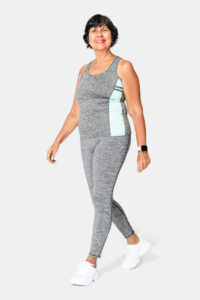
To begin your yoga journey, you need to find the right resources, instructors, and equipment. Setting up a safe practice space is also key to a satisfying experience.
Starting at Home With Online Videos and Tutorials – Use Foundational Yoga Poses First
Online videos and tutorials make it easier to start yoga from the comfort of your home.
You can find many yoga for seniors videos on platforms like YouTube.
These videos offer different routines, such as Adriene’s gentle sequences and short workouts for older adults.
Look for clear instructions and modifications for beginners.
Start with shorter sessions to build confidence and familiarity with the poses.
This method also allows you to go at your own pace and revisit any session for more practice.
Finding the Right Instructor
Having a good instructor can make a big difference in your yoga experience.
Search for classes specifically designed for seniors, as these will often include poses that are more gentle and adaptations for various fitness levels.
Local community centers, gyms, and yoga studios might offer classes.
When you find an instructor, ensure they have experience working with seniors. This helps ensure the class will be safe and effective for your needs.
Creating a Safe Practice Space
A safe practice space is essential for a smooth yoga session.
Choose a quiet room with enough space to move freely without obstacles.
Keep the floor clean and free from any items you could trip over.
Ensure proper lighting in your space so you can see your instructor’s guidance clearly.
Also, good ventilation will keep the room comfortable.
You might add a small table nearby to keep water and a towel within easy reach.
Essential Equipment for Your Yoga Journey
Equipping yourself properly can make yoga more enjoyable and safer.
Start with a high-quality yoga mat that provides good cushioning and grip.
Blocks and straps can help with balance and stretching, especially if you are less flexible.
Comfortable clothing that allows free movement is also important.
You may also want to use a chair for added stability during certain poses. This is especially helpful for balance exercises like Tree Pose.
Having the right gear ensures you can perform poses correctly and reduce the risk of injury.
Warm-Up Poses
Before diving into more intense yoga poses, it’s important to gently prepare your body. These warm-up exercises can help improve flexibility and reduce the risk of injury.
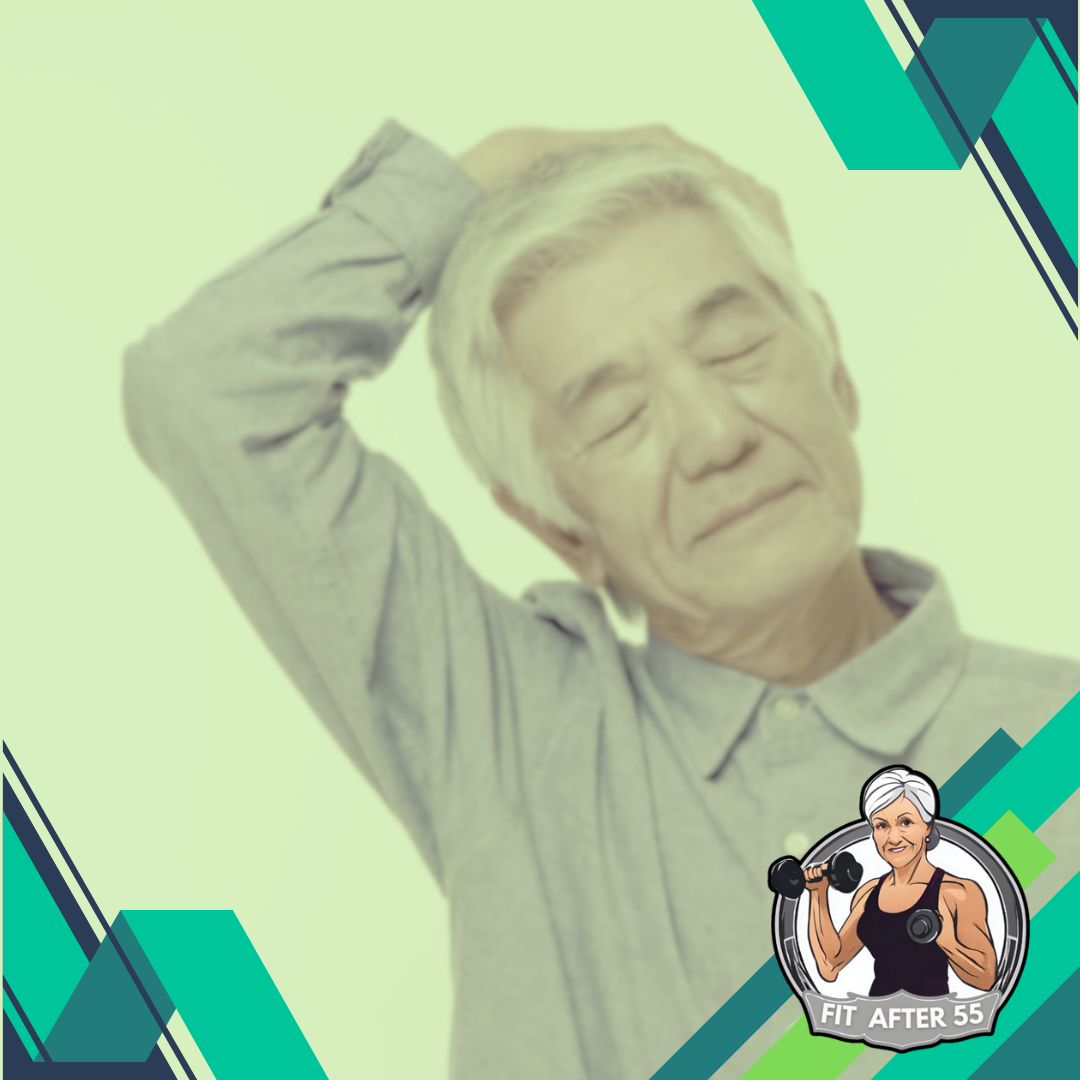
Gentle Neck Stretches
Start by sitting comfortably or standing tall. Even as you work through the foundational yoga poses, you need to practice posture.
Slowly tilt your head forward, bringing your chin toward your chest. Hold for a few breaths, then lift your head back up.
Gently tilt your head to the right, trying to touch your ear to your shoulder without raising the shoulder. Hold and breathe, then return to the center.
Repeat on the left side.
Next, slowly turn your head to look over your right shoulder. Hold for a few seconds and then return to the center. Repeat on the left side.
This helps to release tension in your neck muscles and improve range of motion.
Shoulder Rolls and Movements
Sit or stand with your back straight.
Lift your shoulders up towards your ears, then roll them back and down. Do this slowly, focusing on feeling each movement. Perform about 8-10 rolls.
Next, extend your arms out to the sides at shoulder height.
Make small circles with your hands, gradually making the circles larger. Continue for a count of 10, then reverse the direction of the circles.
This exercise is great for relaxing your shoulders and upper back muscles.
For added movement, try bringing your arms in and out like a bird flapping its wings. This can help loosen up stiff muscles and improve blood flow.
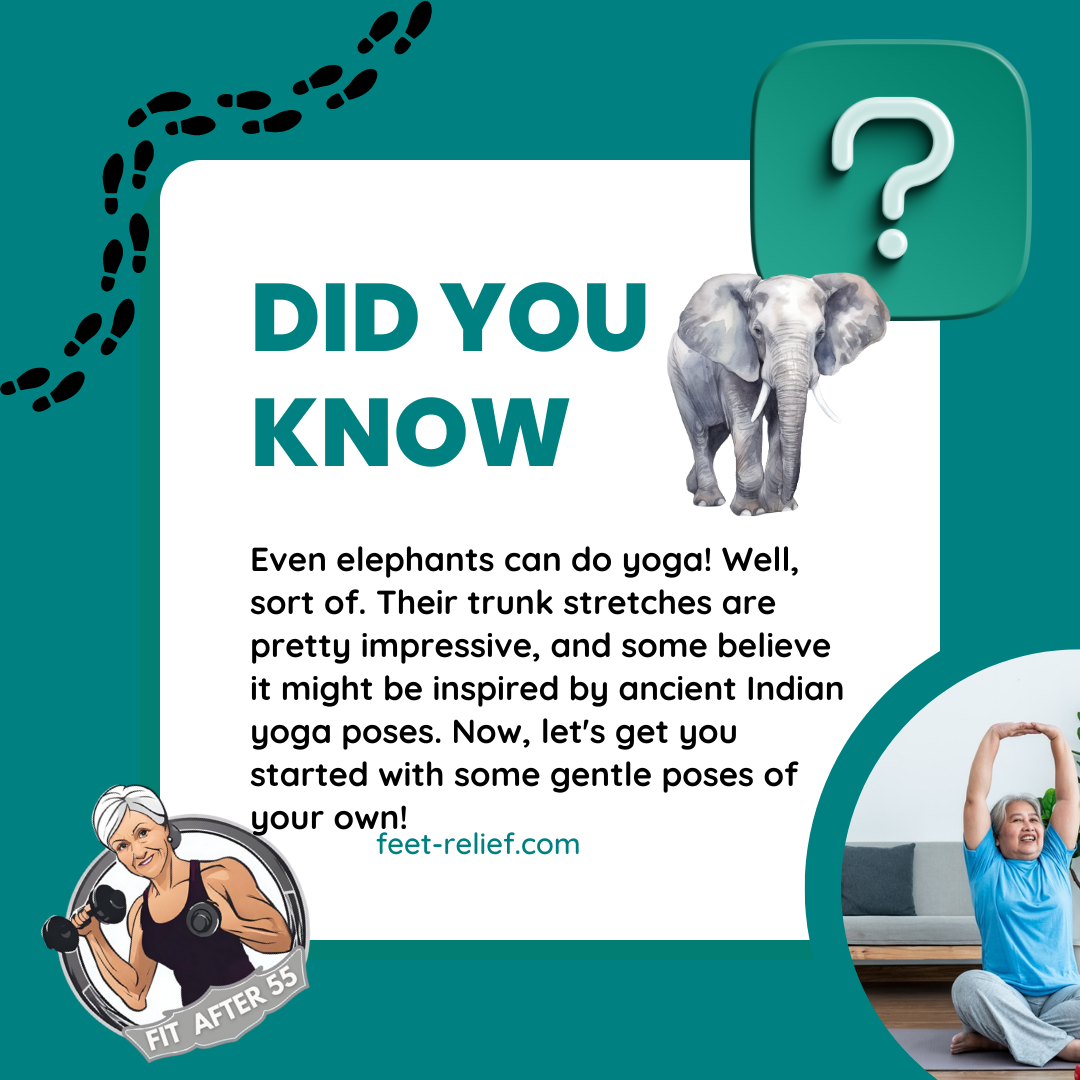
Ankle and Wrist Mobility Exercises
Sit comfortably and extend one leg out in front of you.
Rotate your ankle in slow, circular motions 10 times clockwise and then 10 times counterclockwise. Repeat with the other ankle.
This helps to improve flexibility and range of motion in your ankles.
For wrist mobility, extend your arms straight out in front of you with your palms facing down.
Slowly bend your wrists to point your fingers towards the floor, then back up towards the ceiling. Perform 10-15 repetitions.
Next, make gentle fists and rotate your wrists in circular motions, first clockwise and then counterclockwise. Also, try opening and closing your hands to further relax your wrists.
These movements help to prepare your joints for the yoga poses ahead and can prevent stiffness.
Standing Poses
Standing poses in yoga can help improve balance, strength, and posture. For seniors, these foundational yoga poses offer a gentle yet effective way to maintain physical health.
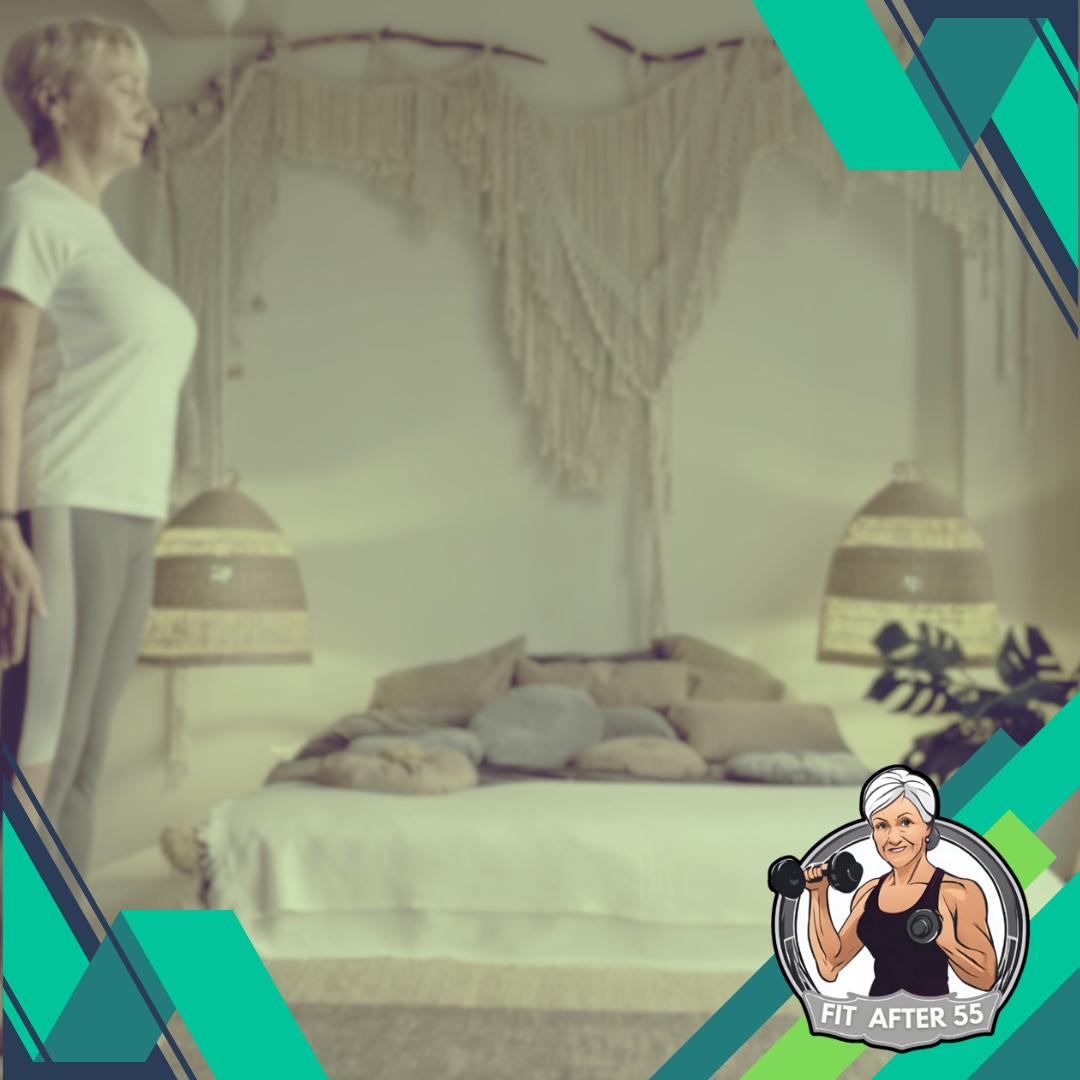
Mountain Pose (Tadasana)
Mountain Pose, or Tadasana, is a fundamental standing pose.
You stand tall with your feet hip-width apart. Ground your feet firmly on the floor, making sure your weight is balanced.
Straighten your spine and gently engage your core muscles.
Relax your arms alongside your body with your palms facing forward.
Focus on lengthening your spine by reaching the crown of your head towards the sky.
This pose helps improve posture and balance. It also encourages a moment of calm focus, setting a solid foundation for other poses.
Tree Pose (Vrksasana)
Tree Pose, or Vrksasana, focuses on balance.
Stand tall and shift your weight to your left foot.
Slowly lift your right foot and place it against your left thigh or calf—avoid the knee.
Bring your palms together at your chest in a prayer position. If you feel steady, raise your arms overhead with palms facing each other.
Maintain a steady gaze on a fixed point to help with balance.
Tree Pose strengthens your thighs, calves, and ankles. It also helps improve concentration and balance.
Warrior Series (Virabhadrasana)
The Warrior Series, including Warrior I, II, and III, builds strength and stability.
For Warrior I, step your left foot back, keeping your right foot forward. Bend your right knee while keeping your left leg straight. Raise your arms overhead with palms facing each other.
In Warrior II, extend your arms parallel to the floor and turn your head to look over your front hand. Your front knee remains bent.
Warrior III is more advanced. Shift your weight to your front foot and slowly lift your back leg while tilting your upper body forward. Your body should form a straight line from head to foot.
Seated and Floor Poses
Ready to loosen up and melt away some stress? These gentle yoga stretches are amazing! They’re super easy on the body and oh-so-relaxing, perfect for anyone who wants to improve their flexibility and unwind. And the coolest part? You can do them right on the floor or even chill in a chair – totally up to you!
Staff Pose (Dandasana)
Staff Pose is a foundational seated pose that helps improve posture and strengthens the back muscles.
To start, sit on the floor with your legs extended straight in front of you.
Keep your back straight and place your hands on either side of your hips, pressing into the floor.
Engage your thigh muscles and flex your feet, pointing your toes up. Lengthen your spine by reaching the crown of your head toward the sky.
This pose helps to activate and stretch the muscles in your legs, back, and core. It’s also a great pose for practicing proper alignment and posture.
Seated Forward Bend (Paschimottanasana)
Seated Forward Bend is excellent for stretching the back, hamstrings, and shoulders.
Begin in the Staff Pose with your legs extended and back straight. Inhale deeply, then exhale as you hinge at the hips to slowly fold forward.
Reach toward your feet with your hands — it’s okay if you can’t touch them; you can rest your hands on your shins or a strap around your feet for support.
Keep your spine long and avoid rounding your back. Breathe deeply and hold the position for several breaths. This pose can help calm your mind while also providing a good stretch for your body.
Seated Twist (Ardha Matsyendrasana)
Seated Twist is great for increasing flexibility in your spine and improving digestion.
While seated on the floor, extend your legs straight out. Bend your right knee and place your right foot on the outside of your left thigh. Keep your left leg extended and the foot flexed.
Place your right hand behind you for support and your left elbow on the outside of your right knee. Inhale deeply, lengthening your spine, and then exhale as you gently twist to the right. Look over your right shoulder. Hold the twist for several breaths, then return to the starting position and repeat on the other side.
This twist helps to stretch the muscles around your spine and can aid in digestion by stimulating your abdominal organs.
Balance and Core Strengthening
Want to feel like a rockstar with your balance? And maybe even sneak in some core strengthening while you’re at it? These yoga poses are your new best friends! By practicing them regularly, you’ll be a master of stability, making those everyday movements a breeze (and a lot safer!).
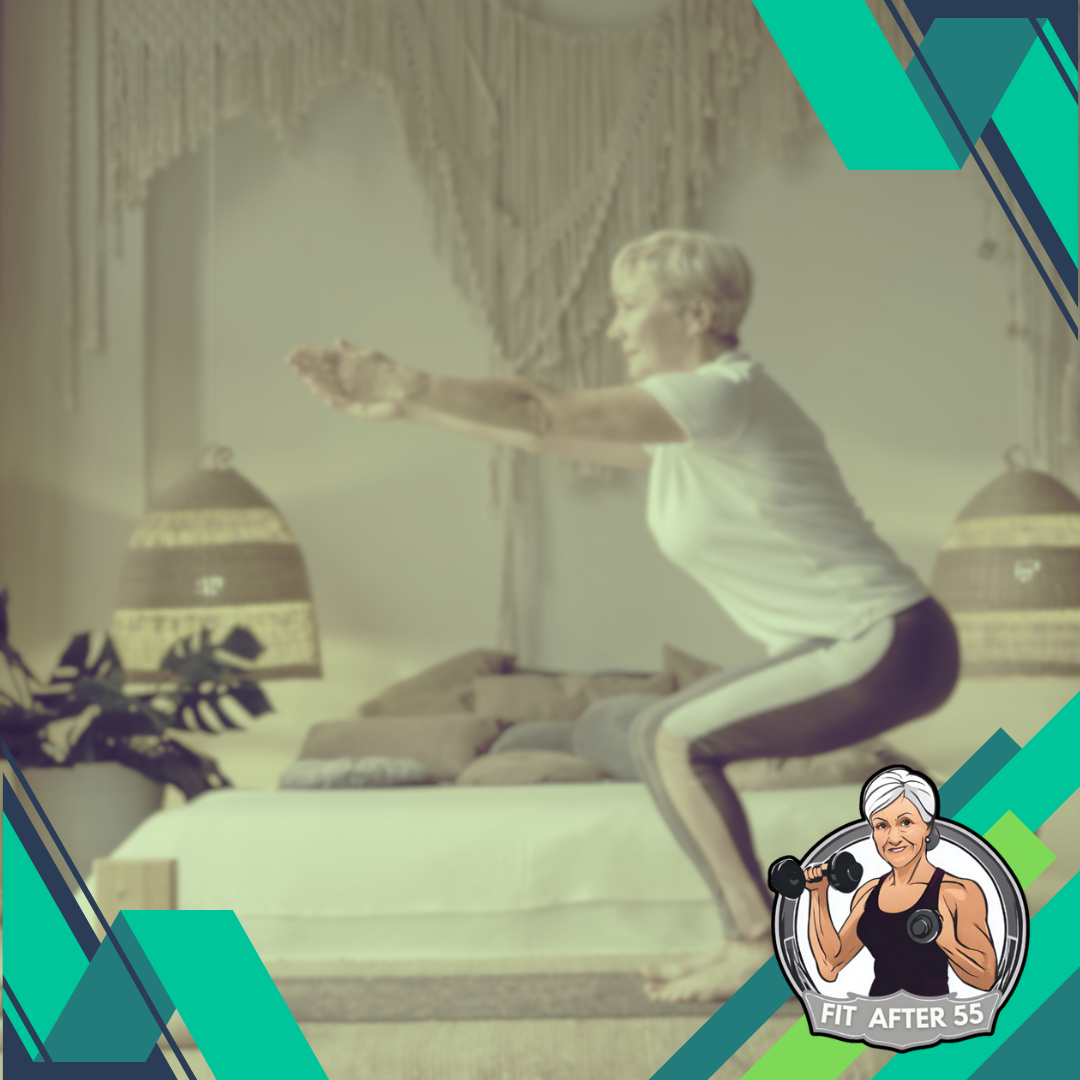
Chair Pose (Utkatasana)
Chair Pose is excellent for both balance and core strength.
Start by standing tall with feet hip-width apart. Bend your knees as if you’re sitting back in a chair. Keep your weight in your heels and raise your arms overhead. Engage your core and hold the position for a few breaths.
This pose strengthens your thighs, calves, and spine. It also improves your balance, as you need to maintain your posture while engaging multiple muscle groups. Make sure to keep your knees behind your toes to protect your joints.
Boat Pose (Navasana)
Boat Pose is a powerful core exercise.
Sit on the floor with your knees bent and feet flat. Lean back slightly and lift your feet off the ground, balancing on your sit bones. Extend your arms parallel to the floor and straighten your legs if possible. Hold this position, keeping your core engaged.
This pose targets the abdominal muscles and helps improve overall core strength. It also challenges your balance, making it an effective full-body exercise. If needed, you can keep your knees bent and place your hands behind your thighs for support.
Leg Lifts and Core Activation
Leg lifts are simple yet effective for strengthening the core. As basic foundational yoga poses, I find these exceptionally helpful.
Lie on your back with your legs extended. Place your hands under your lower back for support if needed. Raise one leg to a 45-degree angle while keeping the other leg on the ground. Lower the leg back down and switch sides.
This exercise works the lower abdominal muscles and helps improve balance by engaging the core.
For an added challenge, lift both legs simultaneously and hold for a few seconds before lowering them slowly. Focus on controlled movements to maximize the benefits and prevent strain.
Gentle Backbends and Chest Openers
Achy back got you down? Fear not! These gentle backbends and chest openers are here to save the day. They’re perfect for folks looking to keep their spine nice and flexible, strong, and tension-free. Plus, poses like Cobra, Camel, and Bridge are super accessible – no need to be a yoga pro! They can even help improve your posture, making you stand a little taller (and feel a lot better).
Cobra Pose (Bhujangasana)
Cobra Pose, known as Bhujangasana in Sanskrit, is a gentle backbend that stretches the chest and spine.
Begin by lying face down on your mat with your legs extended and the tops of your feet on the floor. Place your hands under your shoulders, elbows close to your body.
Inhale as you gently lift your chest off the ground, keeping your pelvis and legs firmly on the floor. Your elbows should remain slightly bent. Hold for a few breaths, then exhale as you lower down. Repeat two to three times.
This pose can help relieve lower back pain and reduce fatigue.
Learn more about the Cobra Pose.
Camel Pose (Ustrasana)
Camel Pose, or Ustrasana, is an invigorating backbend that opens the chest and improves flexibility in the spine.
Start by kneeling on your mat with your knees hip-width apart and thighs perpendicular to the floor. Place your hands on the back of your pelvis with fingers pointing down.
Slowly lean back, pushing your hips forward. Reach your hands back to grasp your heels while lifting your chest towards the ceiling.
Feel the stretch in your chest and spine, holding the pose for a few breaths before returning to the starting position.
This pose can enhance respiratory health and posture. For support, you can keep your hands on your lower back.
Discover more about Camel Pose.
Bridge Pose (Setu Bandha Sarvangasana)
Bridge Pose, known as Setu Bandha Sarvangasana, is a gentle backbend that strengthens the back and opens the chest.
Start by lying on your back with your knees bent and feet flat on the floor, hip-width apart. Arms should be alongside your body with palms down.
Press firmly into your feet as you lift your hips towards the ceiling. Clasp your hands underneath your back, extending your arms for additional support. Hold for a few breaths, then gently release and lower your hips back to the floor.
This pose can improve circulation and relieve stress.
Explore more about Bridge Pose.
Restorative Poses and Relaxation

Feeling stressed and in need of a major chill session? Restorative yoga to the rescue! These poses are all about pure relaxation and letting go of tension. They’re super gentle and use props for extra support, so you can just sink in and unwind. It’s the perfect way for seniors to recharge their bodies and minds, both!
Child’s Pose (Balasana)
Child’s Pose is a simple but effective way to stretch and relax.
Start by kneeling on the floor with your big toes touching and knees spread apart. Lower your torso between your thighs and stretch your arms forward, placing your forehead on the mat.
This pose helps to release tension in your back, shoulders, and neck. Breathe deeply and hold the pose for a few minutes, letting go of any stress.
Corpse Pose (Savasana)
Corpse Pose is the ultimate relaxation pose.
Lie flat on your back with your legs comfortably apart and arms by your sides, palms facing up. Close your eyes and focus on your breath.
Allow your body to sink into the mat, releasing all tension. This pose helps calm the mind and reduce stress.
Stay in this pose for at least five minutes, breathing deeply and evenly.
Legs-Up-The-Wall Pose (Viparita Karani)
Legs-Up-The-Wall Pose is a gentle inversion that promotes relaxation. While it’s considered one of the foundational yoga poses, it helps at all levels.
Sit with one hip close to a wall and swing your legs up as you lie back, creating an L-shape with your body. Place a folded blanket under your hips for support if needed.
This pose helps improve circulation, reduce swelling in the legs, and calm the nervous system.
Hold the pose for five to ten minutes, breathing softly.
Breathing Exercises and Meditation
Ever feel like your mind’s in a million places? Us too! But guess what? Simple breathing exercises and meditation can be your secret weapon for chilling out, clearing your head, and feeling all-around awesome. They’re a fantastic way to boost your relaxation, sharpen your focus, and give your whole well-being a well-deserved upgrade.
Diaphragmatic Breathing
Diaphragmatic breathing focuses on using the diaphragm to take deep breaths. This type of breathing can help reduce stress and improve oxygenation.
- Sit or lie down comfortably.
- Place one hand on your chest and the other on your belly.
- Inhale deeply through your nose, letting your belly rise more than your chest.
- Exhale slowly through your mouth, feeling your belly fall.
Practicing this technique for a few minutes each day can help you feel more relaxed and centered.
Guided Meditation Techniques
Guided meditation involves following a narration to help you relax and focus. This can be especially useful for beginners.
- Find a comfortable position, either sitting or lying down.
- Close your eyes and take a few deep breaths.
- Listen to a guided meditation recording.
You can find guided meditations that focus on relaxation, stress relief, or specific goals. Regular practice can improve your mental clarity and emotional well-being.
Mindfulness and Body Awareness
Mindfulness involves paying attention to the present moment without judgment. This can help you become more aware of your body and mind.
- Sit comfortably and close your eyes.
- Focus on your breath.
- Notice any sensations in your body.
You can practice mindfulness for a few minutes each day. This can help you become more attuned to your body’s needs and reduce stress.
Putting It All Together

Looking to add a little something special to your daily routine? Yoga might be just the ticket! It’s surprisingly easy and enjoyable to get started, especially for older adults. The best part? You can create a personalized practice that fits your needs and preferences. By incorporating some gentle yoga poses into your day, you’ll be well on your way to boosting your overall well-being.
Designing Your Own Yoga Routine
Begin by selecting a few foundational yoga poses that match your comfort level and fitness.
Mountain Pose (Tadasana) and Downward-Facing Dog are excellent choices for beginners.
Start slow, aiming for about 10-15 minutes per session.
Use a mixture of standing, seated, and lying-down poses to keep your routine balanced. Ensure you focus on breathing deeply and moving at a pace that feels natural.
Consider including light stretches like the Cat-Cow Stretch to improve flexibility and reduce stiffness.
To keep things interesting, change up your routine periodically.
You might follow along with a yoga video or join an online class designed for seniors. This variety helps maintain your enthusiasm and keeps your body challenged in healthy ways.
Incorporating Yoga into Daily Life
Making yoga a habit doesn’t have to be hard.
Pick a time of day that suits you, like morning or before bed. A regular schedule helps with consistency and can make a big difference in your progress.
Integrate mini yoga sessions into your day by doing simple stretches while watching TV or taking a break from chores.
Even a few minutes can help you feel more relaxed and energized.
Be mindful of your body and listen to what it needs.
If you feel any discomfort, adjust or skip the pose to avoid injury.
Remember that yoga is not about perfection but about improving your health and well-being gradually. Being patient and kind to yourself goes a long way.
For more detailed guidance on beginner yoga sequences, you can visit Senior Yoga for Beginners: A Gentle Path to Wellness.
Foundational Yoga Poses: A Gentle Path to Fitness for All Ages
In this guide, we’ve explored the wonderful world of foundational yoga poses and how they can benefit people of all ages and fitness levels. We dispelled the myth that yoga requires advanced flexibility or poses you’ve seen on social media. Instead, we focused on the practical ways yoga can enhance your overall well-being, especially for those over fifty-five.
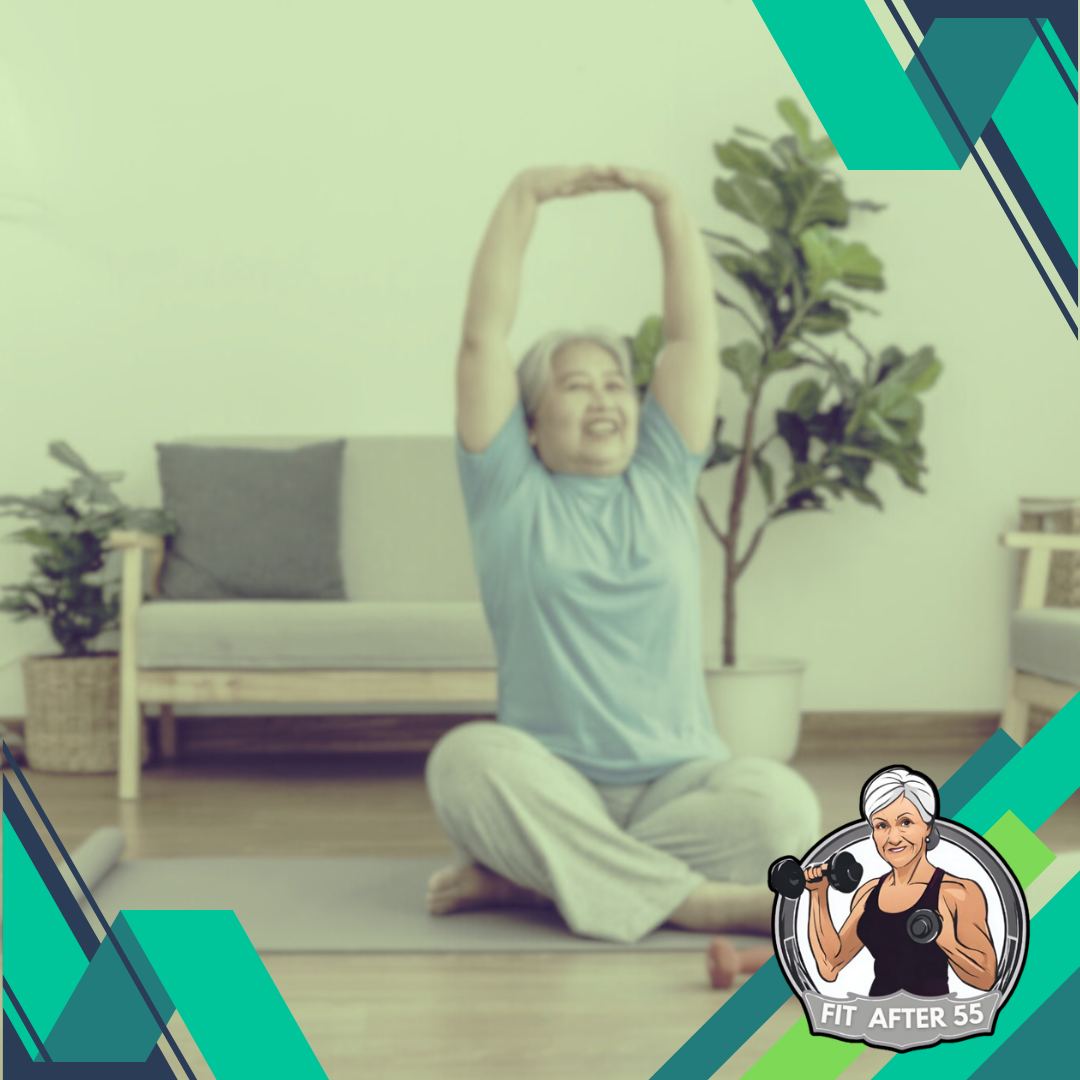
Remember our introduction? We mentioned that yoga can be a game-changer for maintaining an active and independent lifestyle. Foundational yoga poses address this very concern by promoting flexibility, strength, and balance – the key ingredients for staying active and preventing falls.
Whether you’re looking to improve your fitness or simply want to move your body with more ease and confidence, incorporating foundational yoga poses into your routine is an excellent choice. So, take a deep breath, unroll your yoga mat, and embark on a journey towards a healthier, more vibrant you. Ready to get started? Check out the resources mentioned throughout this guide, or find a local yoga class specifically designed for beginners or seniors. You might be surprised by the positive impact yoga can have on your life!
Frequently Asked Questions
Starting yoga as a senior can be challenging but also very rewarding. You may have questions about poses, safety, and how to begin your practice. Below, you’ll find some common questions and helpful answers to get you started confidently.
What are some gentle yoga poses suitable for seniors just starting out?
Gentle yoga poses like Mountain Pose (Tadasana) and Seated Forward Bend (Paschimottanasana) are great for beginners.
These poses help improve posture and flexibility. Using a chair for support can make these movements even more accessible.
Can elderly beginners practice yoga safely at home, and if so, how?
Yes, you can practice yoga safely at home.
Use a comfortable mat, wear supportive clothing, and keep a sturdy chair nearby. Watching online videos or using a beginner’s guide can help you follow along with proper instructions.
Are there specific yoga poses that are recommended for seniors to improve balance and stability?
Balancing poses like Warrior I and Tree Pose are excellent for enhancing stability.
These poses help strengthen your legs and core, which can reduce the risk of falls. Always use support if needed to ensure safety.
What are the best ways for seniors to learn yoga with limited mobility?
For seniors with limited mobility, seated yoga poses are a good option.
Poses like the Seated Twist can aid in flexibility and digestion. You can also use pillows or bolsters for extra support during your practice.
How often should elderly beginners practice yoga to see benefits?
Practicing yoga 2-3 times a week can provide benefits like improved flexibility, strength, and mental well-being.
Consistency is key, so try to make it a routine. Even short sessions can make a big difference over time.
Where can seniors find beginner-level yoga classes designed for their age group?
Many community centers and gyms offer yoga classes tailored for seniors. These begin with foundational yoga poses.
Online platforms also have specialized sessions for different age groups. Look for classes labeled as “gentle” or “senior-friendly” for the best match.
For more options, you can check out offerings specific to seniors like Senior Yoga for Beginners.
Dive Into Senior Fitness Fun!
Stay fit and connect with a vibrant community at Fit After 55! Explore our website (https://55fitness.com/fitness-and-wellness-programs/) for engaging water walking content, product reviews, and much more. Join our Facebook group (https://www.facebook.com/profile.php?id=61557390788711) to connect with fellow fitness enthusiasts and share your senior health journey! Let’s make waves (and strides) together!

